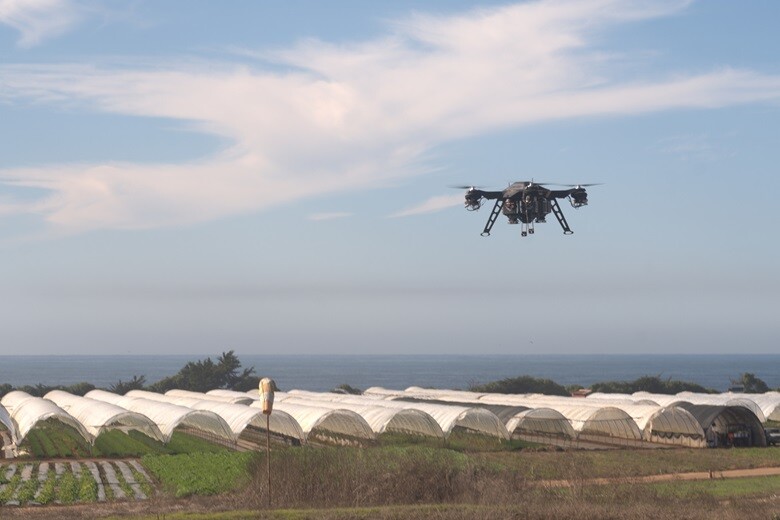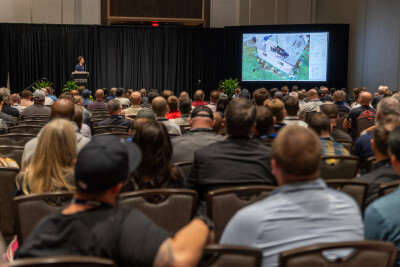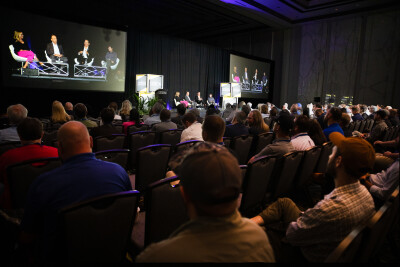For almost a decade we have been chronicling the inadequacy of the battery industry in terms of flying time of the most widely used uncrewed aircraft in our industry: small multicopters. Our first article on the subject was appropriately titled Power, the Bottleneck of our Industry. It was published in November 2016, just a few months after the enactment of Part 107 by the Federal Aviation Administration (FAA).
Now as we rapidly approach November of 2024, eight years later, we are still writing about small multicopters with 25 minutes of flying time, the same number as in 2016.
These commercially available drones might have been adequate in an era when companies around the world were just discovering the benefits of adding drones to their existing workflows, but today, with almost every sector showing incredible improvements in products and processes thanks to the introduction of uncrewed aviation, 25 minutes of flight time is something that we have to address, no matter how uncomfortable and unsurmountable it feels.
Let’s face it, the battery industry has failed non-traditional aviation by stubbornly clinging to an exhausted chemistry and by refusing to innovate enough to double or triple these meager numbers.
Perhaps it is because drones are not the sweet spot for the battery industry and perhaps, we are just a tiny component of the TAM (Total Addressable Market) for the future of batteries and therefore not worth the extra Research and Development (R&D). Imagine for a second a purchase order from Tesla or General Motors issued to one of these manufacturers with a request for hundreds of thousands of huge batteries to power electric vehicles (EV) and now compare that with a request for a quote from a small drone manufacturer.
It is time to realize that uncrewed aviation will never be able to compete in terms of volume with EVs, and therefore the industry as a whole, must explore alternatives. This is particularly aggravated by the fact that we find ourselves waiting for our next regulatory huge leap forward, Part 108, and the possibility of flying way beyond the visual range of the operator (BVLOS) and therefore missions that would potentially last for an hour, if not more.
How are we going to accomplish the promise of BVLOS flights if our drones are still stuck in the year 2016 and Part 107 specifications?
Well, innovation comes to mind and with that, also risk. There are a couple of obvious solutions that have been around for a long time and for some reason have not caught the imagination of most drone manufacturers.
Hybrid Powerplants
For some time, certain companies have been toying with the idea of combining small internal combustion engines, connected to a powerful generator that can provide energy to any combination of electric motors in a drone, but for some reason, an industry that looks down on the use of fossil fuels thinks that reducing 90 percent of the emissions is not good enough.
Yes, that is correct, 90%. If we power a drone with four, six or eight traditional fuel engines, we will be emitting an incredible number of pounds of carbon dioxide to the atmosphere and not contributing to the longevity of our technology. Instead, companies like Parallel Flight Technologies from La Selva Beach, California have created powerful flying machines capable of hauling hundreds of pounds of useful load while flying for hours using just a fraction of the fuel.
Why is that an unacceptable proposal? Why is reducing a vast number of pounds of emissions preferably than having to change batteries every 20 minutes? Let us not forget that batteries contain Lithium and that mining this precious metal will be the nightmare of the coming decades, we are simply exchanging extracting oil by mining Lithium but the Earth will not benefit either way.
The argument behind using small traditional fuel engines to power generators that produce the necessary power to fly heavy payloads and long distances is sound. It might give us the time that we need for the battery industry to find a better solution but reducing the bulk of fossil fuel emissions while allowing applications within the specifications of Part 108 seems like a good interim solution.
Hydrogen Fuel Cells
This revolutionary and clean source of energy has been largely ignored by large drone manufacturers for way too long.
Companies such as Hylium Technologies in Korea, have developed workable uncrewed aviation aircraft such as the HyliumX-D Liquid Hydrogen Fuel Cell Drone that can carry up to six pounds of useful load and fly for four hours.
Now we are talking!
Hylium, and many others around the world, not only produce their own drones but also design and manufacture hydrogen fuel cells and recharging stations that could be used by third parties.
There are other alternatives to purely electric, such as tethered drones and remote powering, but for now let us say that if the uncrewed aviation of 2016, fresh out of Part 107, was inadequately powered, as we approach Part 108 in early 2026, the industry must think hard to create technological solutions that would allow non-piloted aircraft to reach their full potential.















Comments